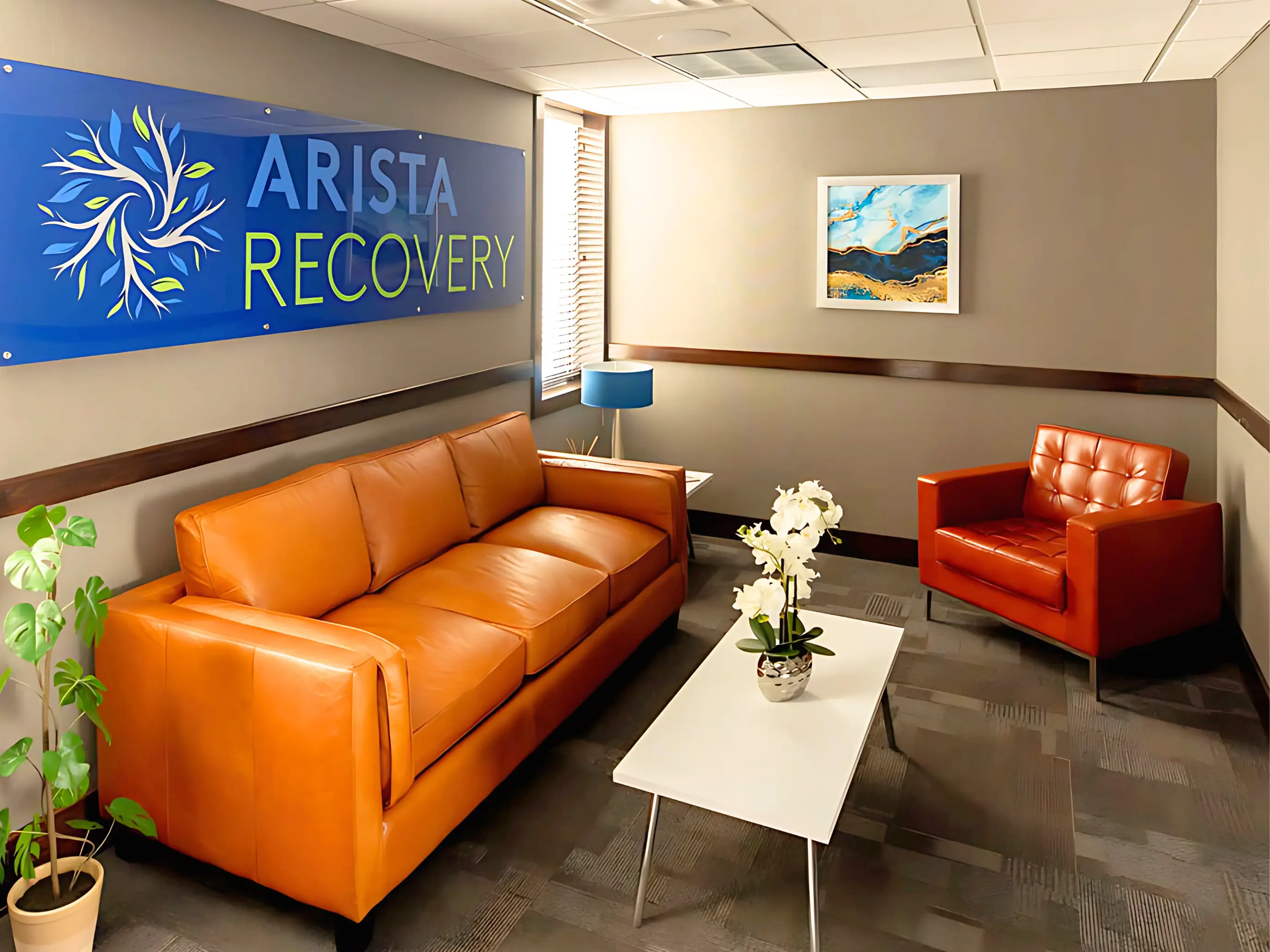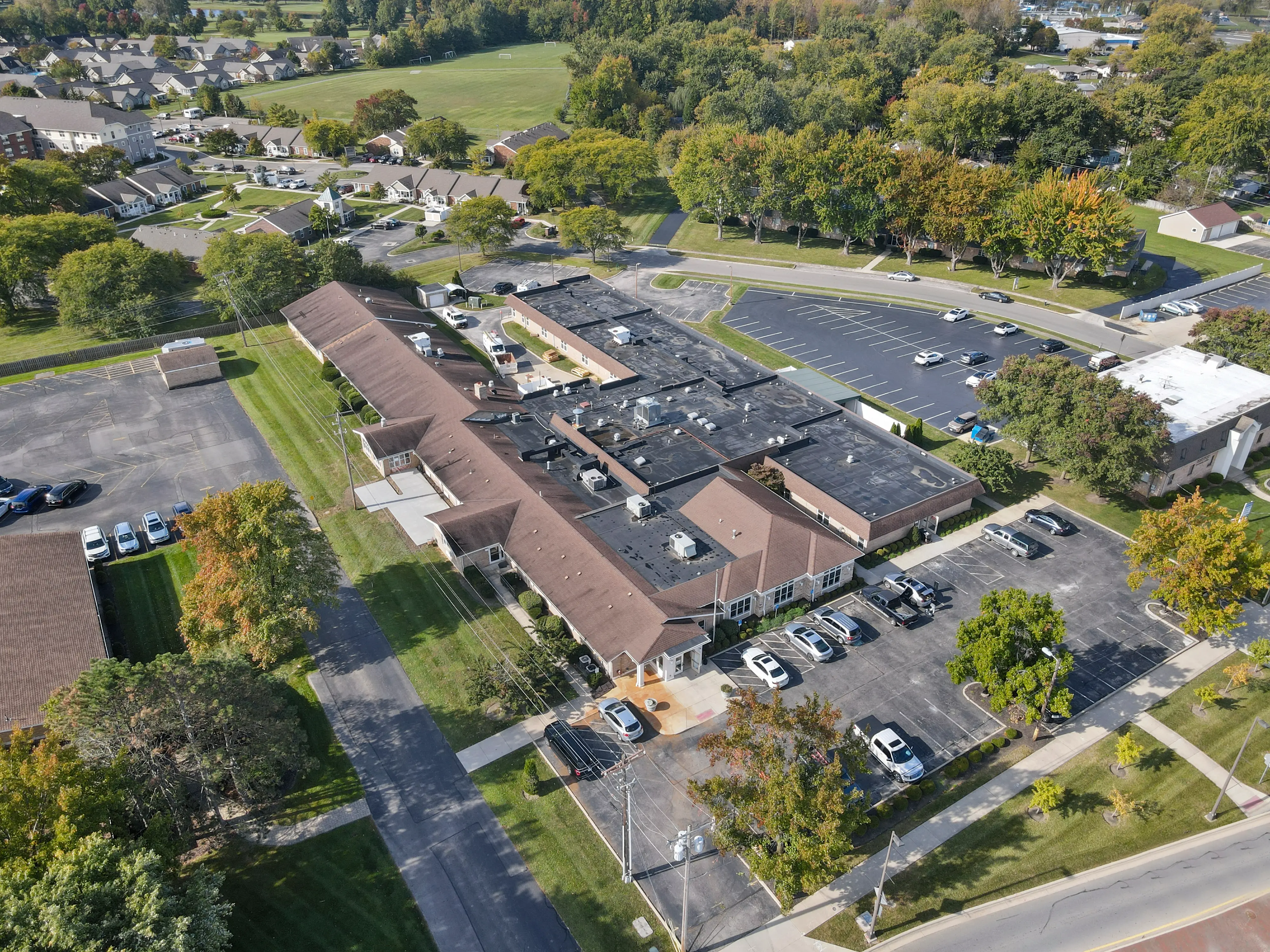Sober Living Treatment Program In Kansas



Sober Living Homes
An Introduction to Sober Living
If you recently completed an inpatient or outpatient rehab program but you’re still not ready to live on your own completely, Arista can help you find Kansas City sober living facilities. Sober living facilities are sometimes called halfway homes, but no matter how you refer to them, they serve as an essential transitional step in your recovery.
What Exactly is Sober Living?
Sober living is a sober facility where you can reside with others who are overcoming addiction. Sober living communities are typically large buildings or homes that have dozens of people or more in a shared room environment. These facilities allow you to apply life skills and reclaim your independence while coping with your transition back to normalcy.
What Role Does Sober Living Play in The Recovery Process?
Sober living facilities play an essential role in helping you create structure and daily habits and rebuild relationships with a network of sober individuals.
Firstly, Kansas City Sober Living homes are an important transition for many people. When you leave a residential rehab program, you might not be ready to live entirely on your own. In sober living facilities you get to restore some of your independence by having shared or private rooms and having the freedom to come and go as you choose so long as you abide by certain rules. This gives you flexibility as you look for a job, go back to school, or meet with the family to repair relationships.
Sober living in Kansas City gives you freedom to reclaim your independence, but it also comes with some rules. These rules are an integral part of rebuilding a routine. Routines serve very important roles in your recovery.
Science indicates that people have limited daily levels of willpower. Willpower functions like a muscle. You can grow that muscle with things like mindfulness, yoga, and exercise, but it’s still a muscle with limits.
If you exercise all of your willpower, choosing what you eat for breakfast, where you want to go during the day, or what shoes to wear, you can run out of willpower for the things that matter most, like avoiding a relapse. Having a routine helps you save your willpower for essential things.
A simple routine like getting up at the same time, eating the same food for breakfast, going to group therapy sessions at the same time, and having a curfew at the end of each night is much easier for your brain to handle, improving your willpower for those moments when you experience severe cravings.
You will have things like a curfew during your stay at a sober living facility. You’ll be able to maintain a job, cook for yourself, and run errands as you please, but you’ll still have to respect rules by coming back at a particular time. You’ll have responsibilities as well, like attending group meetings. Most group meetings take place at that facility, so you don’t have to worry about transportation. There are other rules too that usually include things like not having drugs and alcohol on the premises and never returning high or intoxicated.
***
If you need help finding sober living homes in Kansas City, reach out to Arista Recovery.




How to Find a Sober Living in Kansas City
It can be difficult to find the right sober living home. Not all sober living facilities have openings or space. Not all facilities have rules you agree with or amenities you prefer.
However, if you use resources like Arista, we can help you find the right home for you that has availability, amenities you want, and rules that you know you can follow. It’s very important to be honest with yourself regarding things like responsibilities, rules, and other curfew requirements because failure to abide by any of these rules can mean you get asked to leave the sober living environment.
We can help you find a facility that you are confident is a good fit. Ready for help? Let Arista help you review our Kansas City sober living facilities.
What are the Benefits of Sober Living Homes?
Sober living homes can contribute a lot of benefits to one's life.
The most significant benefit to choosing Kansas City sober living facilities is the sense of community you get. A big part of that, however, is having a community long after you leave your initial rehab. With Arista, we heavily emphasize the need for community involvement and a network of supportive care team members and family.
People often feel isolated early in their recovery, exposed to triggers just about everywhere. Powerful triggers can remind you of the substances you used to use and can cause severe cravings. Simple things like walking by a location where you used to buy drugs or alcohol, seeing someone with whom you used to drink, or even seeing drug paraphernalia can lead to incredible cravings.
When you are living in Kansas City Sober Living homes, you don’t have to deal with those triggers in isolation. Instead, you’re surrounded by a community of people going through similar struggles with similar triggers. In the required group meetings, you can learn what other people have done to overcome those triggers and share the hiccups you have faced.
Ongoing care and relapse prevention are imperative to your sustained recovery. Statistics indicate that if you can make it the first six months after completing rehab without a relapse, you are more likely to go multiple years without any relapse. Attending sober living in Kansas City can allow you to make it through the first few months without a relapse.
Sober living in Kansas city allows you to decrease your exposure to triggers while developing healthy coping habits. The more you stay at a sober living home, the more time you have to:
- Go back to school
- Hold down steady employment
- Find stable housing
- Build a network of sober friends
- Repair family relationships
- Practice trigger management
***
Our sober living home in Kansas City can make a difference. Let Arista show you how.


We Can Help You Find Sober Living in Kansas City
A major part of our service is to help you find sober living homes in Kansas City. We can match you with nearby facilities with openings, rules you know you can adhere to, and amenities that suit your situation. Our goal is to help you with every part of your recovery.
Our synergistic recovery program involves an innovative, community-based treatment plan that includes discharge planning and aftercare. We don’t just leave you on your own once you complete rehab.
Arista Recovery is a Midwest recovery center offering addiction treatment in Kansas City. Turn to Arista today to learn about how we can help you.
Quick Admission Process
A simple & easy same-day admissions process
Contact
Reach out to our caring admissions team via phone, text or webform.
Verification
Get a free benefits verification form to confirm your coverage options.
Pre-screening
We will do a quick confidential pre-screen to ensure we are a fit for you.
Treatment
We will schedule transportation and your intake at Arista Recovery.
Quick Admission Process
See How Healing Begins
Watch a brief overview of our medical detox program and learn how our team provides safe, compassionate care to help you start recovery with confidence.
OUR LOCATIONS
Visit One of Our Trusted Locations
Access expert care and compassionate support at our accredited recovery centers across the Midwest. Each location offers a safe, welcoming space where lasting healing and growth begin..
Inside Our Detox Program
See How Healing Begins
OUR APPROACH
Our Unique Therapies
Explore our innovative approach to addiction treatment at Arista Recovery. From evidence-based therapies to holistic and experiential methods, we offer an immersive experience that works to treat the root causes of substance abuse our full continuum treatment programs
.webp)



.webp)

.webp)










